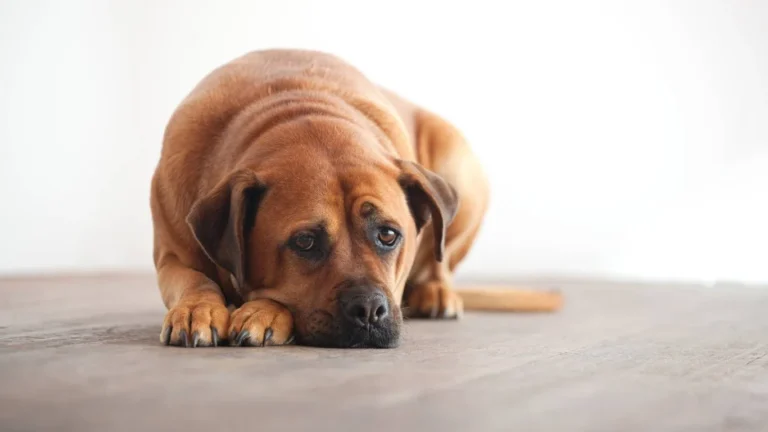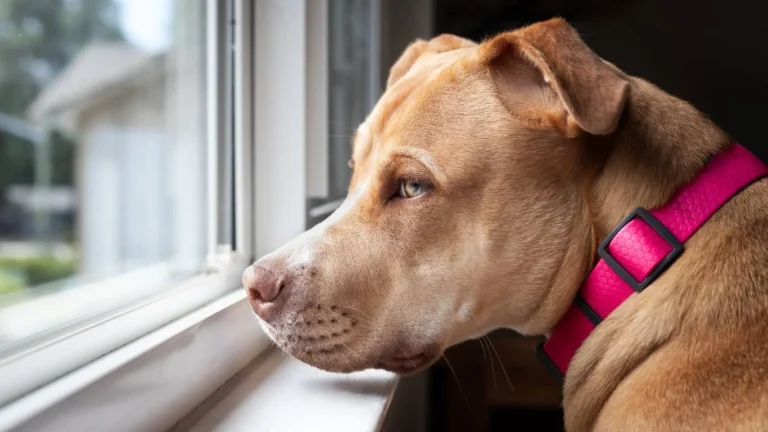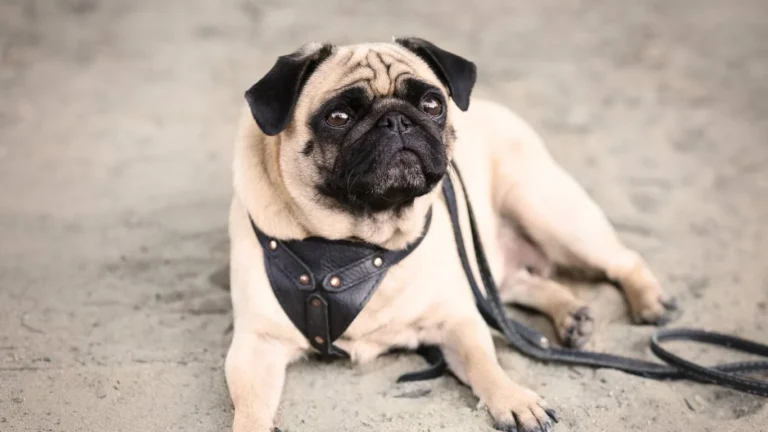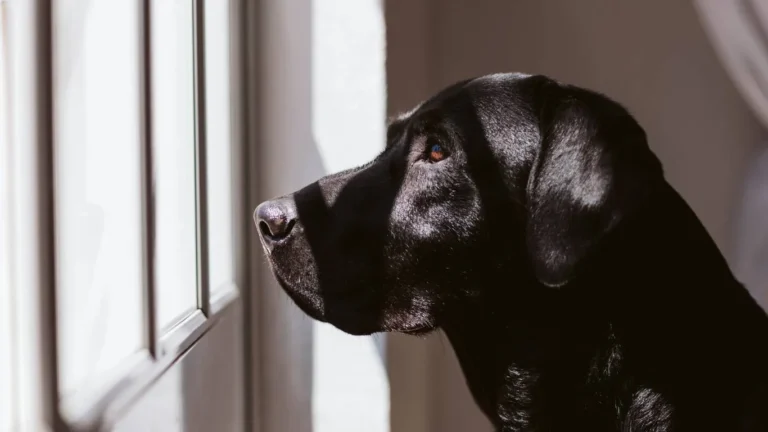10 Simple Ways to Protect Your Dog’s Paws from Hot Pavement and Keep Them Safe
As a Veterinary Assistant with a focus on nutrition, I’ve seen firsthand the importance of taking care of our dogs’ paws, especially when the weather gets hot. During the summer months, it’s easy to forget that the pavement we walk on can be dangerously hot for our furry friends. Most pet parents are aware of the typical signs of overheating, like excessive panting or drooling, but did you know that the hot pavement can also cause serious damage to your dog’s paws? In this article, I’ll be sharing some practical tips on how to protect a dog’s paws from hot pavement, ensuring that your pup stays safe and comfortable no matter how high the temperature climbs.
Why Is Hot Pavement Dangerous for Dogs?
Before we dive into the how-to’s, it’s essential to understand why hot pavement is such a threat to your dog’s paws. Dogs’ paws are made up of thick, tough pads designed to withstand a lot, but they aren’t invincible. During the warmer months, the pavement absorbs heat and retains it for hours. If you’ve ever stepped barefoot onto a sidewalk in the middle of the afternoon, you probably know how unbearable it can be. Now imagine what it’s like for your dog, who is much closer to the ground.

When dogs walk on hot pavement, their paw pads are in direct contact with the heat, which can cause burns, blisters, and long-term damage. Even if your dog seems fine after a short walk, repeated exposure to extreme temperatures can lead to permanent scarring or infections. The risks of burns and abrasions are high, especially if you’re walking on surfaces like asphalt or concrete, which can get much hotter than grass or dirt. It’s not just about discomfort; it’s a matter of their health.
How to Tell If the Pavement Is Too Hot for Your Dog
It’s not always easy to gauge if the pavement is too hot for your dog’s paws. I’ve had clients ask me if there’s a simple rule to follow, and the answer is yes: the 7-second test. All you have to do is place the back of your hand on the pavement. If you can’t hold it there for at least 7 seconds without feeling discomfort, it’s too hot for your dog to walk on. Sounds simple, right? That’s because it is. The idea is to ensure the pavement isn’t so hot that it would cause your dog pain or injury.
Signs of Paw Pad Damage
In addition to using the 7-second test, keep an eye out for signs that your dog’s paws might have already been affected. If you notice your dog limping or lifting their paws frequently, it could be a sign that the pavement has caused burns or abrasions. Other symptoms include:
- Visible redness or discoloration on the paw pads
- Blisters or sores
- Excessive licking or chewing of the paws
- Paw pads feeling warm to the touch
- Reluctance to walk or refusing to go outside
In my experience, dogs tend to be pretty tough and may not immediately show signs of discomfort, so it’s important to stay vigilant, especially on really hot days. If you notice any of the above symptoms, it’s time to take action and protect your dog from further harm.
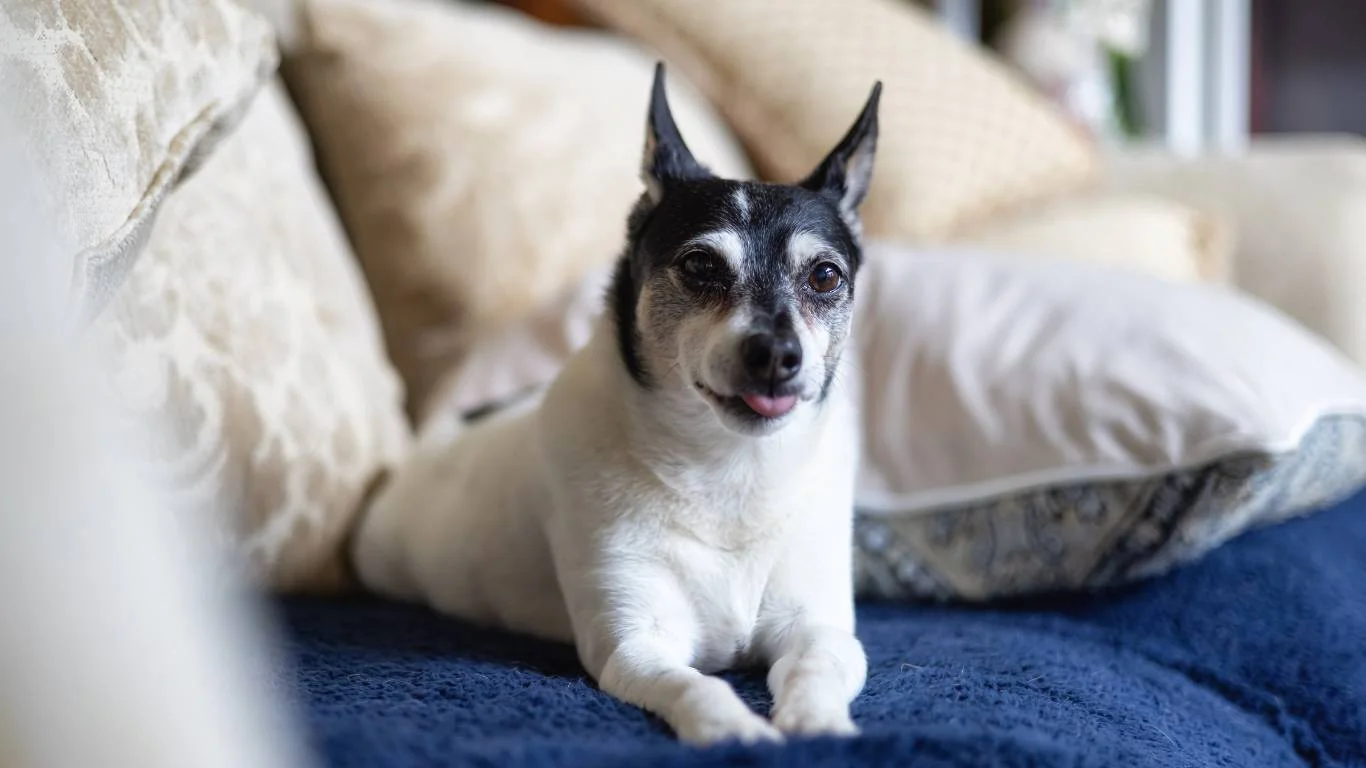
Simple Tips to Protect Your Dog’s Paws
Now that we know why hot pavement is harmful and how to recognize when it’s too hot, let’s explore some simple tips for protecting your dog’s paws from the heat.
1. Walk During Cooler Times
One of the easiest ways to protect your dog from hot pavement is to adjust your walking schedule. Try to take walks during the cooler parts of the day, such as early in the morning or late in the evening when the pavement isn’t as hot. If you absolutely have to walk in the afternoon or midday, try to find shaded paths or grassy areas that won’t absorb as much heat. It may require some planning on your part, but your dog will thank you for it!
2. Use Paw Protectors or Booties
If you’re planning on walking during the hotter parts of the day, consider investing in some dog booties or paw protectors. These can be a lifesaver when it comes to keeping your dog’s paws safe from the heat. Booties create a barrier between your dog’s delicate paw pads and the hot pavement, preventing burns and abrasions. I’ve seen many dogs take a little time to get used to wearing them, but once they do, it’s like second nature.
3. Keep Your Dog’s Paws Moisturized
Just like human skin, a dog’s paw pads can dry out and crack, especially when they’re exposed to extreme temperatures. To keep your dog’s paws in good condition, it’s essential to moisturize them regularly. Use a dog-safe paw balm or cream to keep their paw pads soft and supple. Avoid using products meant for human skin, as some ingredients can be harmful to dogs if ingested. Keeping their paws moisturized can also help prevent cracking and discomfort.
Alternatives to Pavement: Where to Walk
If the pavement is simply too hot for your dog, consider alternatives that provide a cooler walking surface. Opting for a park with grassy areas, trails with dirt paths, or even a beach can be great choices for your dog’s walk. These surfaces are much less likely to absorb heat compared to pavement. Plus, your dog will probably enjoy the change of scenery!

Conclusion
Taking care of your dog’s paws in the summer heat is an essential part of being a responsible pet owner. Whether it’s adjusting your walking schedule, using paw protectors, or finding alternative walking routes, there are plenty of ways to protect your dog’s paws from hot pavement. By being proactive, you can ensure that your dog remains comfortable and safe, even during the hottest months of the year.
How to Care for Your Dog’s Paws After a Hot Walk
Let’s say you’ve already taken your dog out for a walk on a hot day, despite taking all the necessary precautions. Now what? Even with the best efforts, sometimes our dogs’ paws can still be exposed to the heat, and it’s important to take quick action to care for them afterward. As a veterinary assistant, I can tell you that what you do after the walk is just as crucial as the walk itself when it comes to protecting your dog’s paws.
Cooling Down Your Dog’s Paws
If you suspect that the pavement was too hot for your dog, the first thing to do once you’re back home is to cool their paws down. You can do this by gently rinsing their paws with cool (not cold) water. A lukewarm foot soak for a few minutes can help soothe any discomfort and reduce inflammation. Just make sure the water isn’t too cold—if you’re trying to cool the paw pads too quickly, it can cause more harm than good. You want to bring the temperature down gradually.
When I used to take my own dog for walks during the summer, I found that a gentle paw rinse was one of the most effective ways to immediately ease any pain from hot pavement. If your dog is anything like mine, they may even enjoy the soothing water on their paws after a hot walk!

Drying Their Paws Gently
Once the paws are soaked and cooled down, it’s important to dry them gently. Use a soft towel to pat their paws dry—don’t rub them, as that could irritate their sensitive skin. This step is crucial because excess moisture can lead to fungal infections, especially in the folds of the paw pads. If your dog has fur in between their paw pads, make sure to dry those areas as well to prevent any buildup of moisture.
Apply Paw Balm for Extra Protection
After you’ve dried your dog’s paws, applying a moisturizing paw balm can help heal any small abrasions and prevent further damage. Look for natural, dog-safe balms that contain ingredients like shea butter or coconut oil. These ingredients are gentle yet effective at moisturizing the paw pads without causing irritation. Be sure to choose a balm that’s specifically made for pets, as many human products contain chemicals or fragrances that can be harmful if ingested.
Another thing I always recommend to pet owners is to check for any visible signs of damage after the walk—especially if the pavement was especially hot. If your dog’s paw pads show signs of redness, cracks, or burns, applying paw balm is a great first step. Keep in mind, though, if you notice serious damage like deep cuts or blisters, it’s important to seek advice from your veterinarian to avoid infections.
Preventing Paw Pad Damage with Regular Maintenance
It’s not just about what you do immediately after a walk; maintaining your dog’s paw health throughout the year is equally important. Preventative care can make a huge difference in minimizing paw pad damage from hot surfaces. Just like we regularly trim our nails and brush our hair, dogs need ongoing care for their paws, too!
Trimming Your Dog’s Paw Fur
Many dogs, especially those with longer fur, can benefit from having the hair between their paw pads trimmed regularly. This fur can trap dirt, debris, and even heat, making it harder for your dog’s paws to stay cool. By keeping the area trimmed, you can help prevent irritation and make it easier to spot any cuts, burns, or foreign objects stuck in their paws.
I remember a time when I worked with a Golden Retriever whose paw pads were always irritated, mostly because of the long fur between them. After we started regularly trimming the fur, the dog’s paws were much cleaner, and he had fewer issues with irritation. It’s one of those small but effective steps that often get overlooked!
Regular Paw Pad Inspections
Whether you’re walking on hot pavement or not, regular paw inspections are crucial to catch any issues early. While you’re brushing your dog or giving them a good pet, take a moment to check their paws for any cuts, bruises, or foreign objects that may have gotten stuck. Look for signs of infection, like swelling, discharge, or redness. If you find anything unusual, it’s better to act quickly and get it checked out by your vet before it becomes a bigger problem.
Strengthening Your Dog’s Paws with Natural Diets
As a veterinary assistant with a nutrition focus, I can’t stress enough how important a healthy diet is for maintaining your dog’s overall well-being—including the health of their paws. Providing a balanced diet with the right nutrients helps to promote strong, healthy paw pads that can withstand more wear and tear. For instance, omega-3 fatty acids found in fish oil are great for maintaining skin health, including your dog’s paws.
Additionally, adding vitamins like biotin and zinc to your dog’s diet can help improve the strength of their nails and paw pads. I’ve seen many dogs who benefit from specific supplements aimed at improving paw health, especially as they age. If you’re not sure what to include in your dog’s diet for paw health, consult your vet—they can provide guidance on the best nutrition tailored to your dog’s specific needs.
What to Do if Your Dog’s Paws Are Burned
Even with all the precautions and aftercare, accidents happen, and sometimes our dog’s paws get burned despite our best efforts. If your dog’s paws show signs of burns from the pavement, it’s important to address the issue right away to prevent further damage.
First Aid for Paw Burns
For minor burns, the first thing to do is rinse the paws with cool water, just as you would for a regular walk. Avoid using ice-cold water, as that can make things worse. Once the paw is rinsed, gently dry it with a clean towel and apply a dog-safe burn ointment or antiseptic. Be sure to keep the paws clean and dry until they heal.
If the burns are more severe, or if you notice blistering, bleeding, or the wounds don’t heal quickly, it’s time to head to the vet. In some cases, paw burns can become infected or worsen if left untreated. I’ve had clients who thought a burn was minor, only to discover weeks later that it was much worse than initially thought, so it’s always better to err on the side of caution.
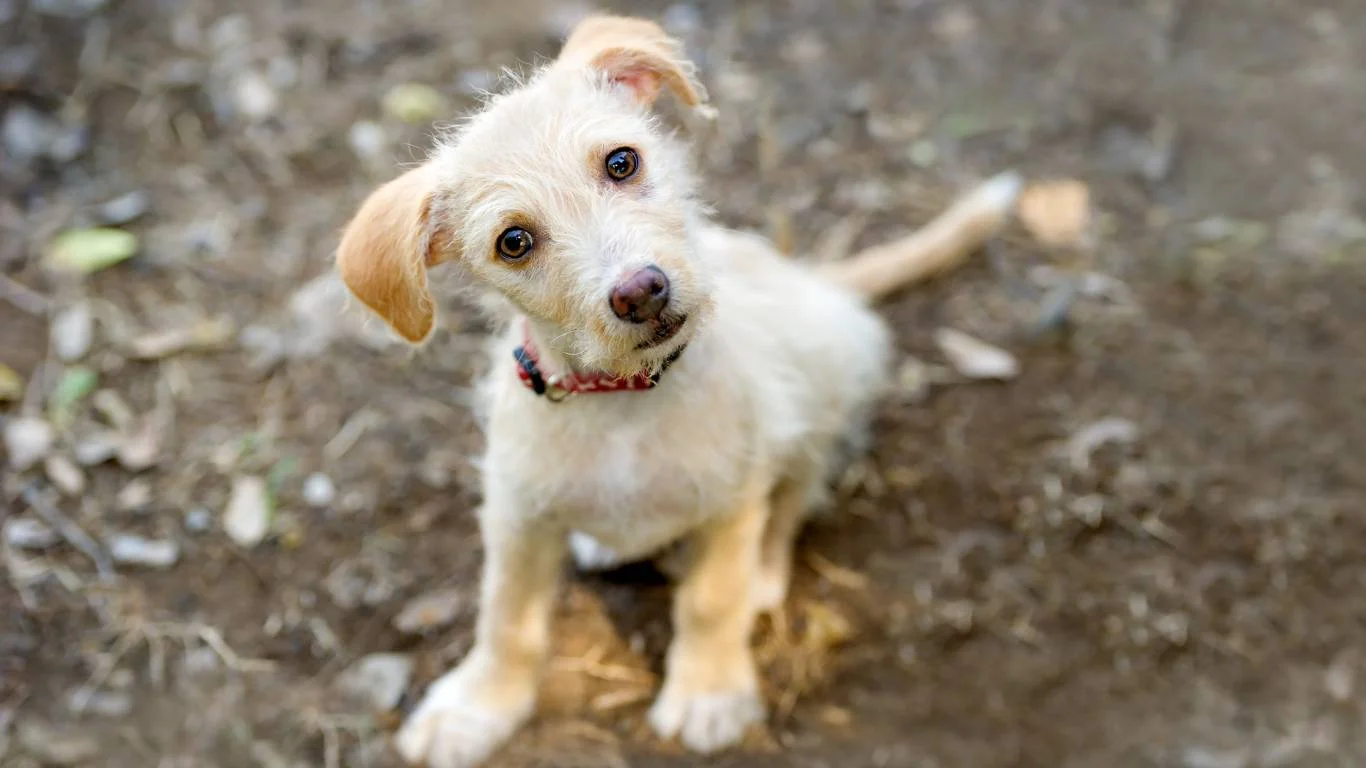
Remember, you know your dog best. If something doesn’t seem right, it’s always better to get it checked by your veterinarian. Early intervention is key to preventing complications.

Alternative Walking Surfaces to Keep Your Dog Safe
Sometimes, the best way to protect your dog’s paws from the heat is to avoid hot pavement altogether. As I mentioned earlier, grassy areas and dirt trails are excellent alternatives to walking on hard surfaces. These areas not only provide a cooler environment for your dog’s paws but also give them a chance to explore nature in a more comfortable way.
If your neighborhood has a dog-friendly park or nature reserve, these can be great spots for summer walks. Water-loving dogs can even enjoy a fun day at the beach, where the sand may be cooler, especially near the water. However, even at the beach, it’s important to check the sand temperature, as it can get quite hot near the shore. Just keep an eye out for areas where your dog can cool off!
How to Choose the Right Footwear for Your Dog
If you’re like me, you might have initially dismissed the idea of your dog wearing shoes or booties. After all, our pets have fur for a reason, right? However, over the years, I’ve seen more and more dog owners opt for protective footwear, especially during the summer months when pavement temperatures can soar. It’s not just for fashion or novelty—it’s about keeping your dog’s paws safe from burns and damage caused by hot surfaces.
What to Look for in Dog Booties
When selecting footwear for your dog, there are a few key features to consider. The first is fit. Just like with any footwear, booties need to fit your dog comfortably. If they’re too tight, they’ll cause discomfort, but if they’re too loose, they’ll slip off during walks. Ideally, you want booties that fit snugly around the ankle without causing irritation. Some dogs need a bit of time to adjust to wearing shoes, so try to introduce them slowly by letting your dog wear them indoors first.
Another thing to look for is traction. Hot pavement can be slippery, and your dog may struggle to maintain grip, especially if they’re wearing something with slick soles. Many dog booties are designed with anti-slip material on the bottom, helping your dog to maintain better control while walking. This can be especially helpful for senior dogs or dogs with mobility issues.

Choosing Durable and Breathable Materials
Not all dog booties are made equal, so it’s essential to look for ones made from durable and breathable materials. During the summer, you’ll want booties that allow your dog’s paws to stay cool and dry while still providing protection. Breathable fabrics, like mesh, are ideal for this, as they allow air to circulate while protecting against hot surfaces. At the same time, make sure the soles are thick enough to provide adequate protection without compromising comfort.
In my experience, the best dog booties are the ones that offer a good balance between comfort and durability. Some of my clients have raved about the ones with cushioned insoles and extra padding around the ankle area, which helps prevent rubbing and chafing. The right pair can make all the difference, especially for dogs who walk on hot pavement frequently.
Hydration: A Crucial Factor in Protecting Your Dog’s Paws
Keeping your dog hydrated is another often overlooked way to protect their paws. When your dog is well-hydrated, their skin—especially the paw pads—remains in better condition and is less likely to crack or burn. Dehydration can lead to dry, brittle paw pads that are more susceptible to damage from hot pavement.
How Hydration Affects Paw Health
I can’t emphasize enough how much hydration plays a role in your dog’s overall paw health. Dehydrated dogs tend to experience more issues with cracked paw pads, especially during the hot months. Regularly offering your dog water during walks is essential to ensure they stay hydrated, but don’t forget that their paws benefit from it too. Just like with humans, hydration helps to maintain healthy skin and prevent dryness or cracking.
When I was working in veterinary care, I often saw dogs that came in for paw injuries during the summer, and dehydration was one of the biggest contributing factors. A simple rule I encourage all dog owners to follow is to always carry water and a portable bowl when you go for walks. Even if it’s just a short stroll, you’d be surprised how quickly your dog can become dehydrated, especially under the hot sun.
Signs Your Dog May Be Dehydrated
It’s important to be able to spot signs of dehydration so you can act before it becomes a more serious issue. Some common signs include:
- Dry or sticky gums
- Sunken eyes
- Lethargy or weakness
- Loss of skin elasticity (when you gently pull on the skin, it doesn’t snap back)
- Excessive panting or drooling
If you notice any of these signs, it’s crucial to offer your dog water immediately and seek veterinary help if the symptoms persist. Regular hydration not only protects your dog’s paws but also supports their overall health.
Protecting Your Dog from Hot Pavement: Long-Term Strategies
While it’s important to take short-term precautions to protect your dog’s paws from hot pavement, there are also long-term strategies that can help keep them safe. In this section, I’ll share a few habits and lifestyle changes you can incorporate to ensure your dog’s paws stay healthy year-round.
Regular Paw Care and Maintenance
Just like you would schedule regular visits to the groomer or vet, paw care should also be part of your dog’s regular routine. In addition to checking for burns and cuts after walks, you can prevent many issues by simply keeping their paws clean and well-maintained. Regularly trimming the nails and fur between the pads helps reduce the risk of injury, as well as keeping the paws clean and debris-free.
For some dogs, I recommend using a paw cleaning wipe after every walk to remove any dirt or debris that might have gotten stuck. I’ve found that dogs with sensitive paws or skin issues benefit from this extra step, as it helps reduce irritation. Keeping the paws dry and free of any lingering moisture can prevent fungal infections, which are more common during the warmer months when humidity is high.
Walking Alternatives to Hot Pavement
If you live in an area where pavement temperatures are consistently high during the summer, you might want to consider alternatives to walking on hot sidewalks and roads. As mentioned earlier, grassy areas, dirt trails, and even sandy paths at the beach are excellent choices. Some dog owners even set up little grassy patches in their own backyard where they can take their dogs for a walk or run.
Another great option is to explore dog-friendly indoor spaces like dog parks or pet-friendly stores. These environments are not only cooler for your dog’s paws, but they also provide a great opportunity for exercise and socialization. The goal is to minimize your dog’s exposure to pavement whenever possible, especially during peak heat hours.
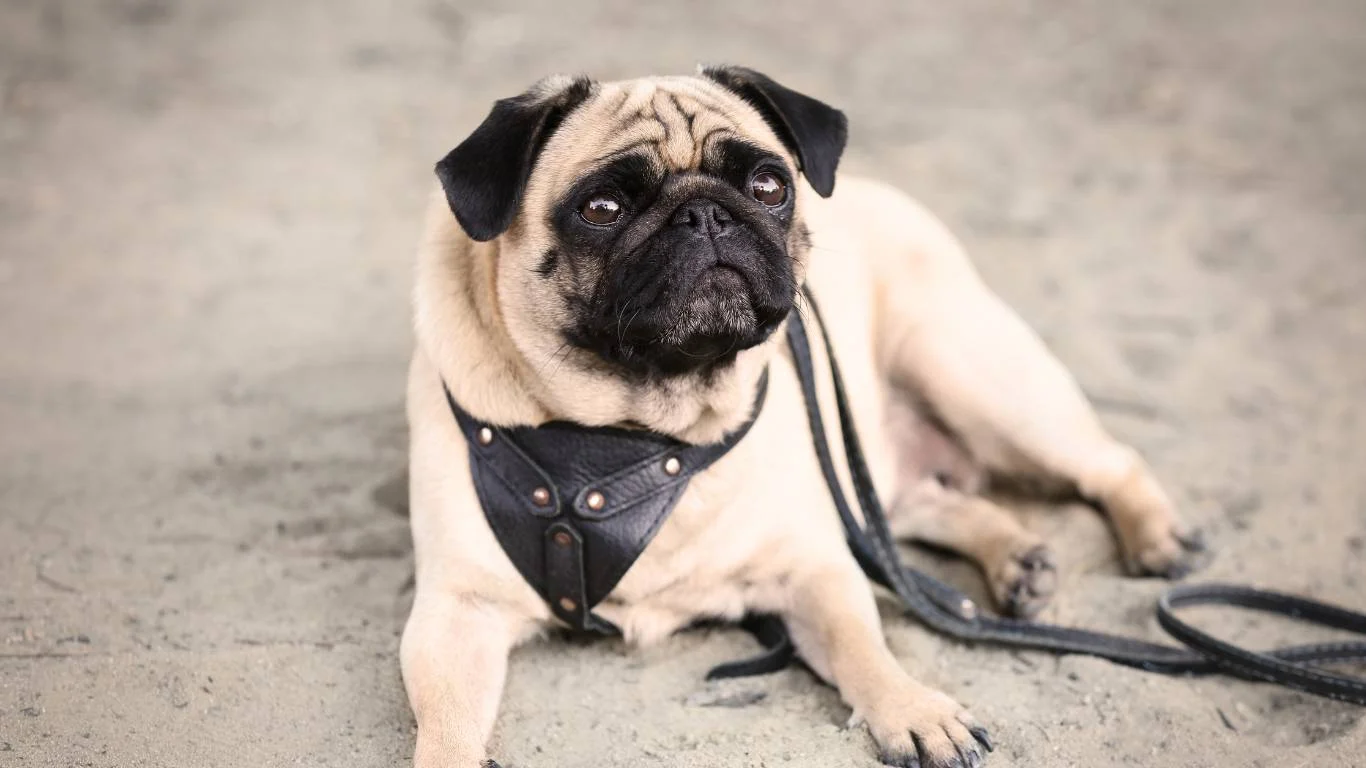
References
For more tips on paw health and caring for your dog during the summer, check out these helpful resources:
Disclaimer
While I strive to offer helpful advice, please note that this article is for informational purposes only and should not replace professional veterinary care. Always consult with your veterinarian for personalized guidance regarding your dog’s paw health, diet, and care routines.

